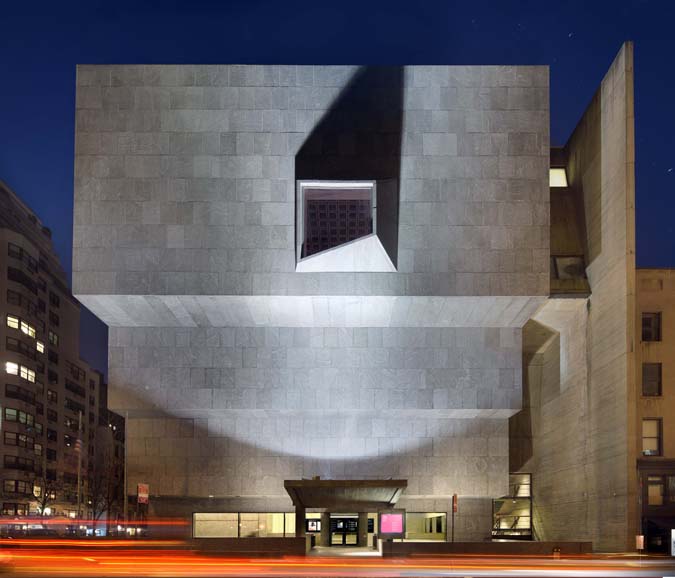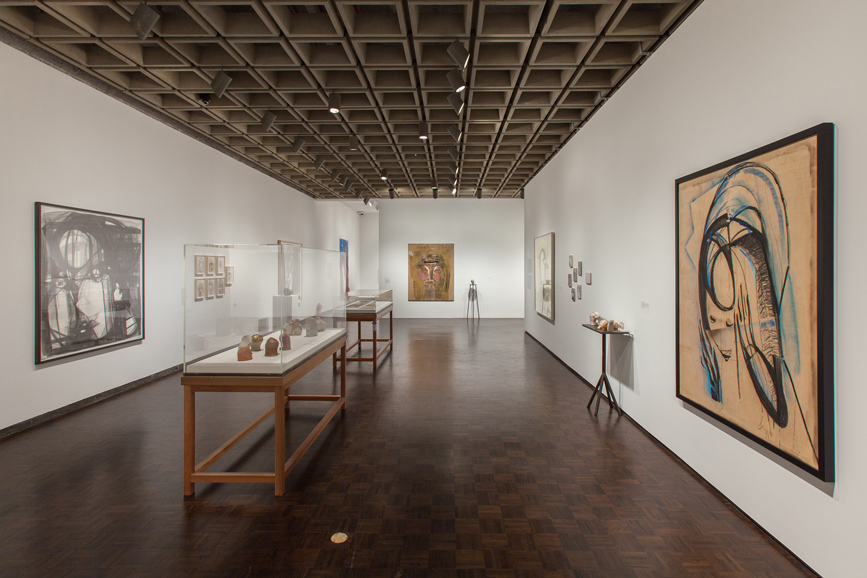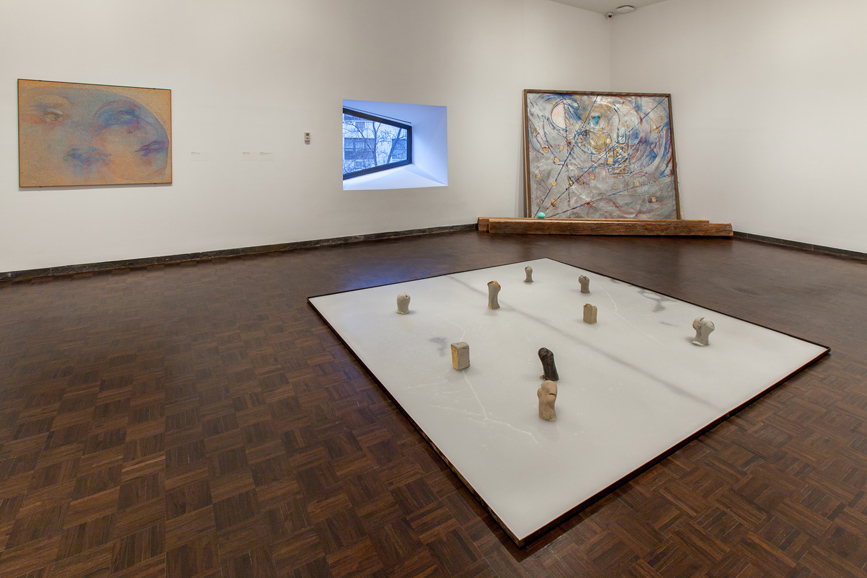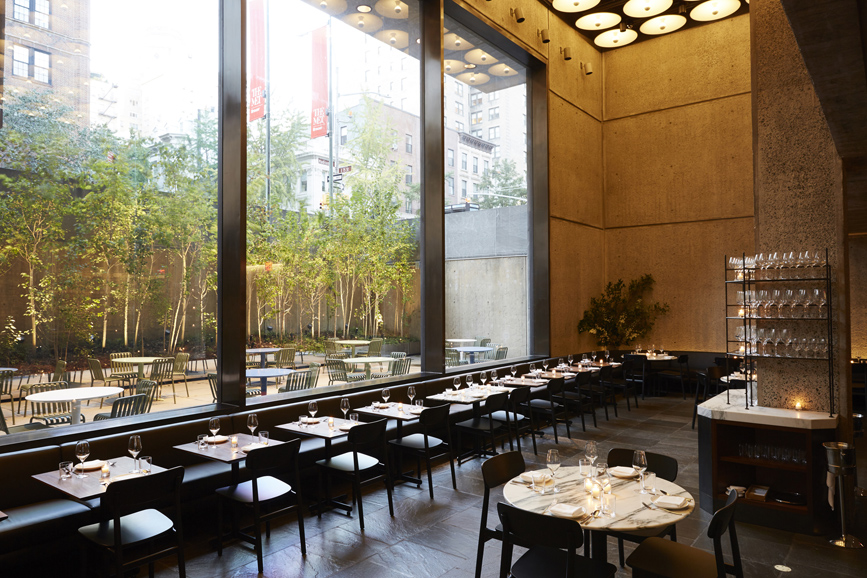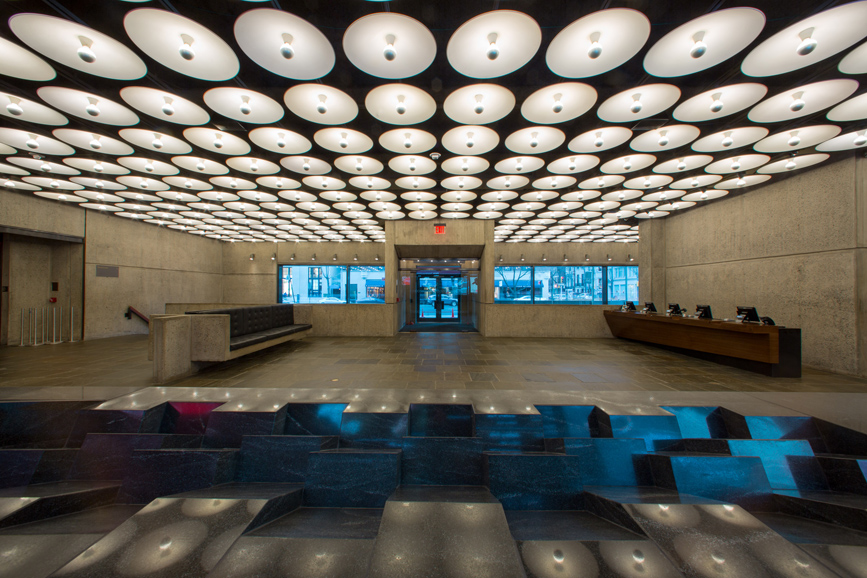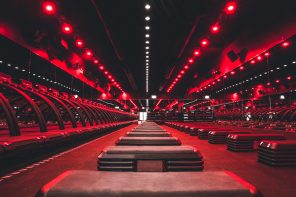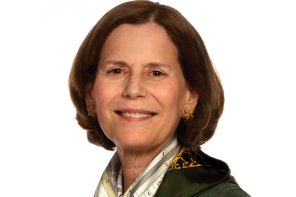Like politics, art is not immune to the swing of the pendulum. Where the traditional and the representational once reigned, the contemporary and the abstract are now all the rage.
A year ago this month, The Metropolitan Museum of Art in Manhattan signaled an understanding of shifting trends as it opened The Met Breuer a few blocks south and east in the space once occupied by the Whitney Museum of American Art, which has moved to the Meatpacking District. The additional space has given The Met an opportunity to showcase 20th- and 21st-century masters while drawing on its own rich art historical resources.
The recent, popular “Kerry James Marshall: Mastry” exhibit — the largest museum retrospective of the 35-year career of this American artist — beautifully illustrated this. It not only featured gallery after gallery of Marshall’s exploration of being black in America. (Some canvases were even covered in black paint, forcing the viewer to peer at — to see, really — the figures beyond.) The show also contained a gallery of favorite Marshall works from The Met’s collection, like Jean Auguste Dominique Ingres’ cool, provocative nude “Odalisque in Grisaille” (circa 1824-34, oil on canvas), whose nifty shades of gray may have been a guide for engravers making black-and-white reproductions of the master’s “Grande Odalisque” (1814, Musée du Louvre). The exhibit offered a comforting reminder that while we do not live in the past, we live with it. And history is the story of that past.
Certainly, The Met’s staff engaged the history of the former Whitney space to create The Met Breuer. At the time of its launch, Sheena Wagstaff, the Leonard A. Lauder chairman of the museum’s Department of Modern and Contemporary Art, said, “…We are honoring the history of this beloved building and embracing its significance to the cultural landscape of our city….”
Restoration of the building, designed by architect Marcel Breuer, was done under the guidance of Beyer Blinder Belle Architects and Planners LLC, which oversaw the renovation of Grand Central Terminal. The firm took care to maintain the familiar concrete walls, stone floors and bronze fixtures while also preserving weathered areas in a nod to what The Met calls “the patina of history.”
The museum collaborated with the Whitney on an infrastructure upgrade and commissioned landscape architect Günther Vogt to resurrect the sunken garden with a design that features a perimeter of Quaking Aspen trees.
For these reasons, those with fond memories of attending Whitney shows here may not recognize the subtle, seamless changes.
But there’s one area that will stand out to past-present museumgoers and that is on the ground floor. Gone is the gift shop — which has moved to the first floor, off the lobby — and French countrified Sarabeth’s Kitchen. In their stead are Flora Bar café and restaurant, with the restaurant recently opening for weekday lunch to accommodate its status as a new hotspot. (The restaurant was already open for weekday dinner and weekend lunch and dinner.)
Critics of the culinary as well as aesthetic variety have taken note. The New York Times has raved about Ignacio Mattos’ Mediterranean-style seafood offerings at the restaurant, served up in sleek surroundings laced with jazz that is both cool and Latin-hot. The Times also said the cinnamon rolls in the café were the best around. Did someone say cinnamon rolls? We were so there.
We worked up an appetite for our Met Breuer visit with a brisk walk over to its Madison Avenue at 75th Street locale. After checking our coat, we made a beeline for the café. Is there any greater pleasure than to settle down with a latte, a soupçon of something sweet and a notebook and pen? We were entranced. The cinnamon roll turned out to be a cross between a cinnamon roll, minus the icing, and a sticky pecan bun. It certainly lived up to the gooey hype and we unspooled it slowly, along with our thoughts on the page, savoring the leisurely moment. (Though the café was hopping, the spillover filled the restaurant space as the restaurant, alas, had not yet made its weekday luncheon debut. Meanwhile, students on a field trip brown-bagged it al fresco in the sunken garden on a winter day more like early spring.)
Having fortified the body, we thought it time to feed the soul further. We took the stairs — had to work off that cinnamon roll — and stopped off at the second floor for “Marisa Merz: The Sky Is A Great Space” (through May 7), spanning five decades of work in the first major American retrospective of the Italian sculptor. Once again, you saw the marriage of present and past in Merz’s use of untraditional materials as well as figures and jeweled, gilded colors reminiscent of medieval illuminated manuscripts and Renaissance icons. Then it was on to the third and fourth floors for the Kerry James Marshall show.
All of this seeing and thinking had given us an appetite, so it was back to the café for a nice roast beef sandwich on a crusty peasant square with horseradish cream and a glass of iced Ceylon. This time we sat at the bar, talking to the wait staff, doing more scribbling and reveling in an experience that offered something for the palate as well as the palette.
For more, visit metmuseum.org/visit/met-breuer. And for more on Flora Bar, visit florabarnyc.com.

